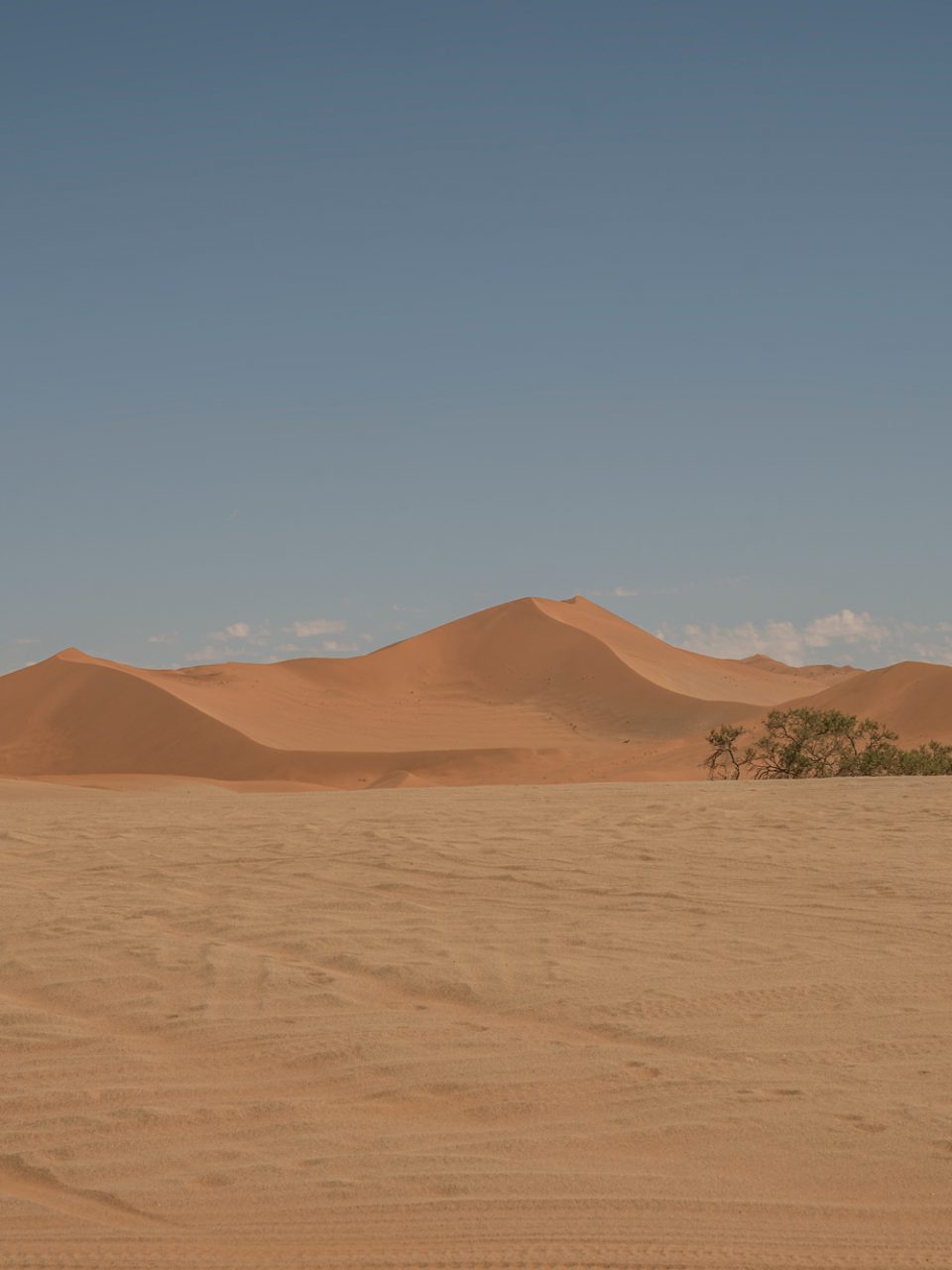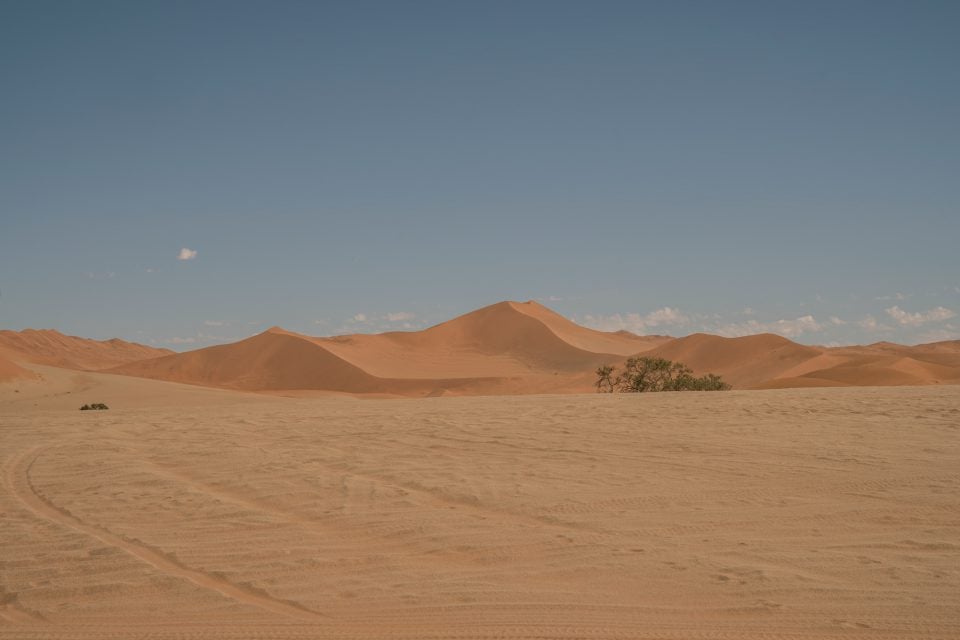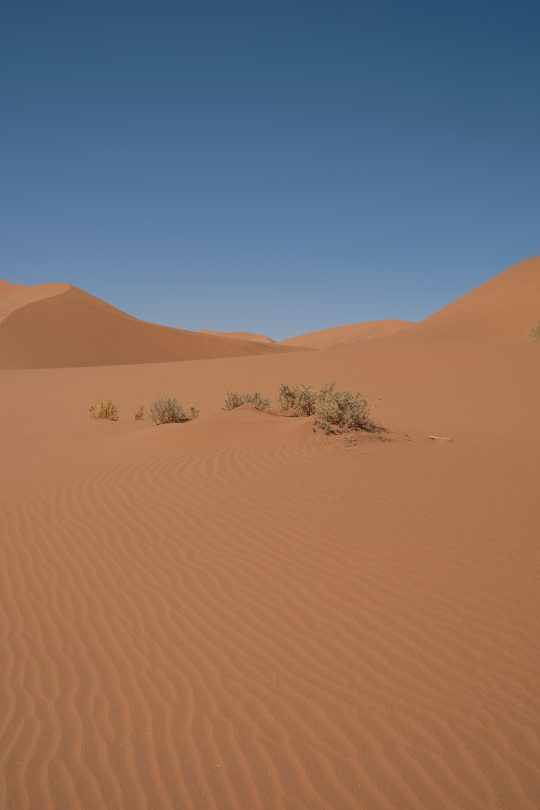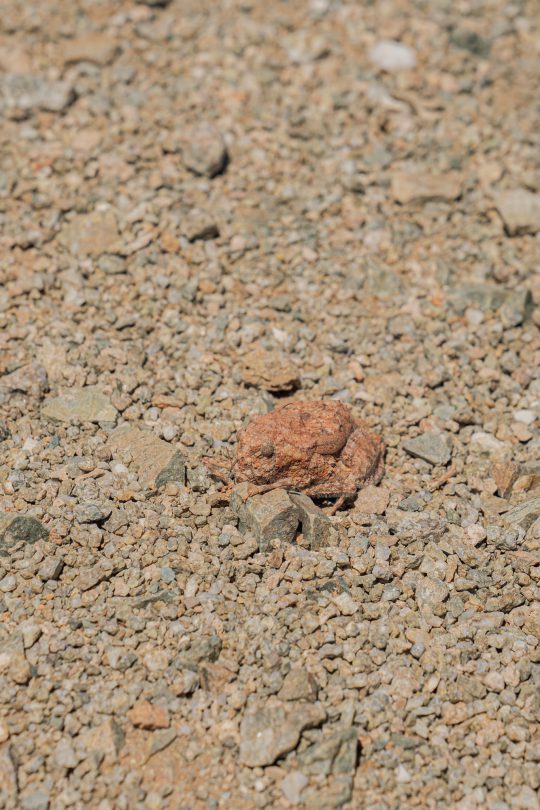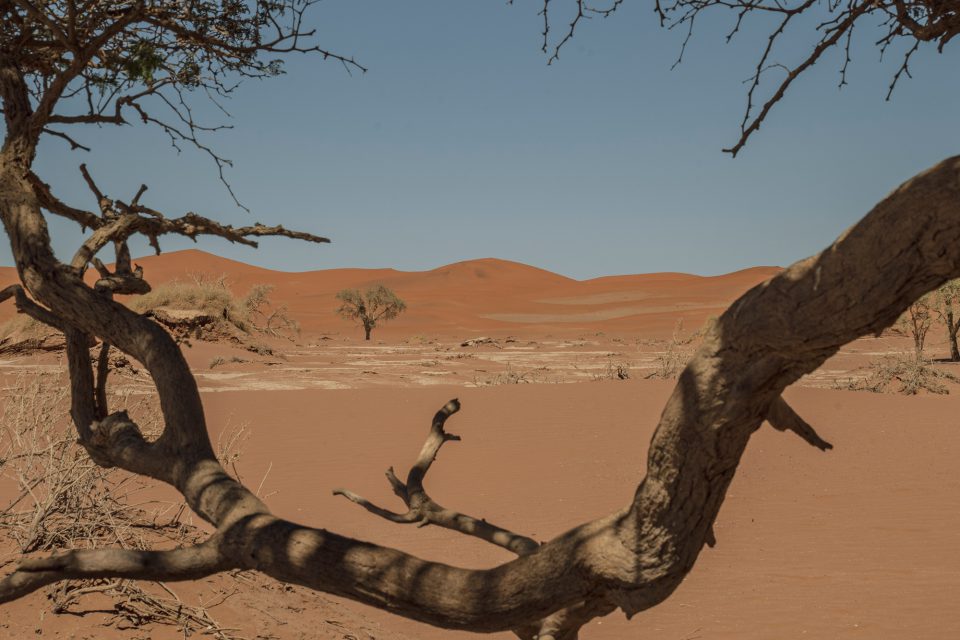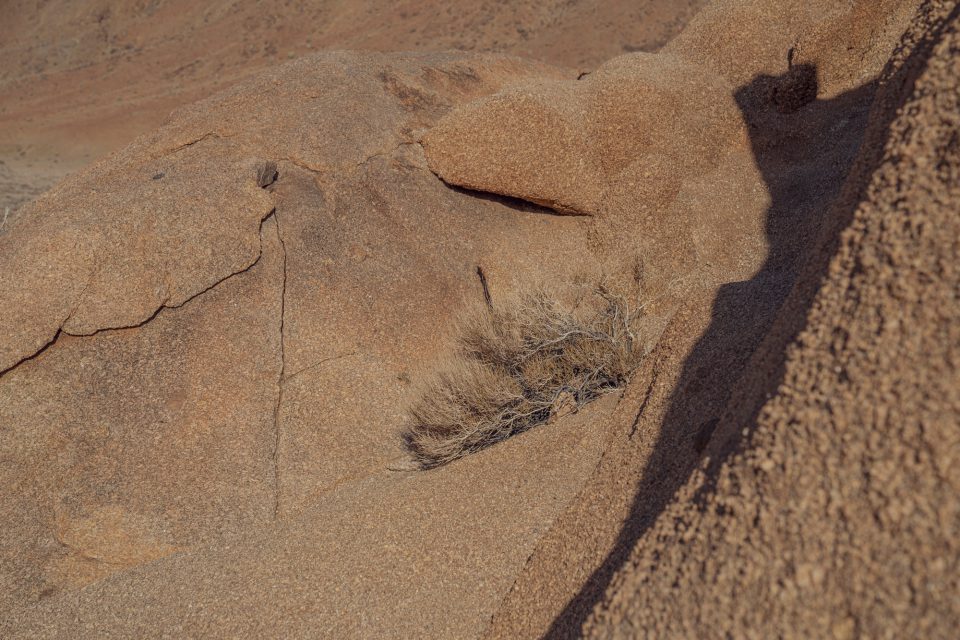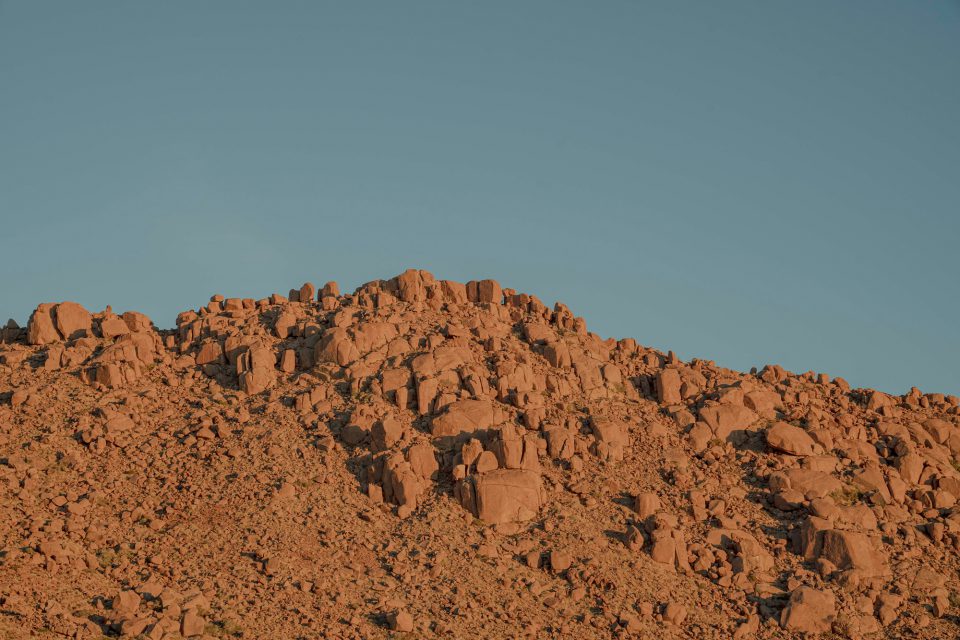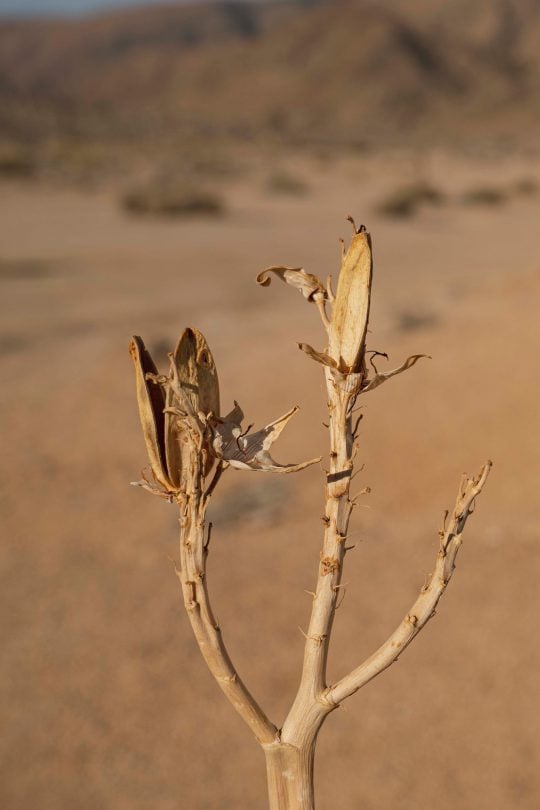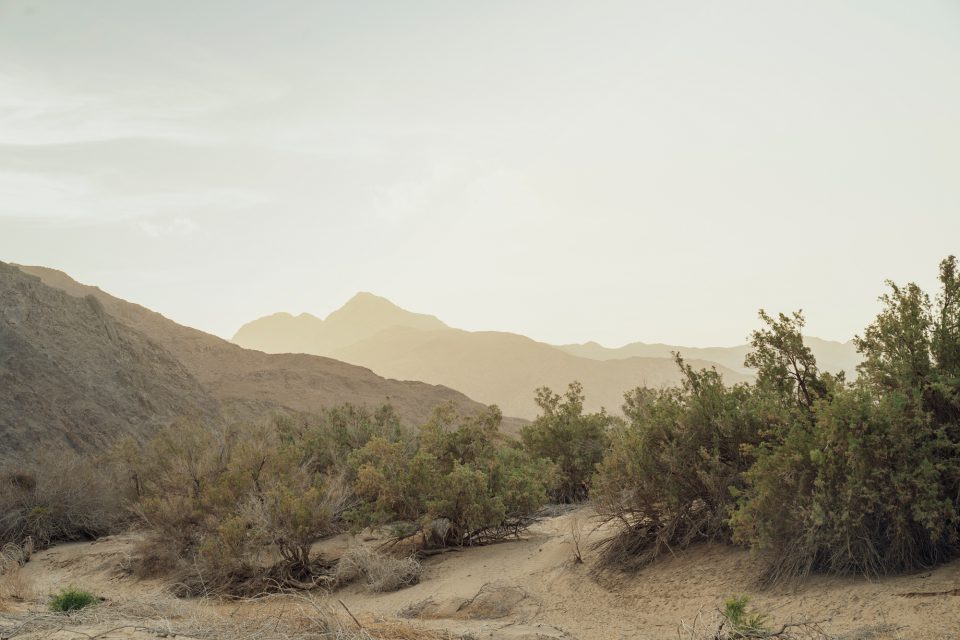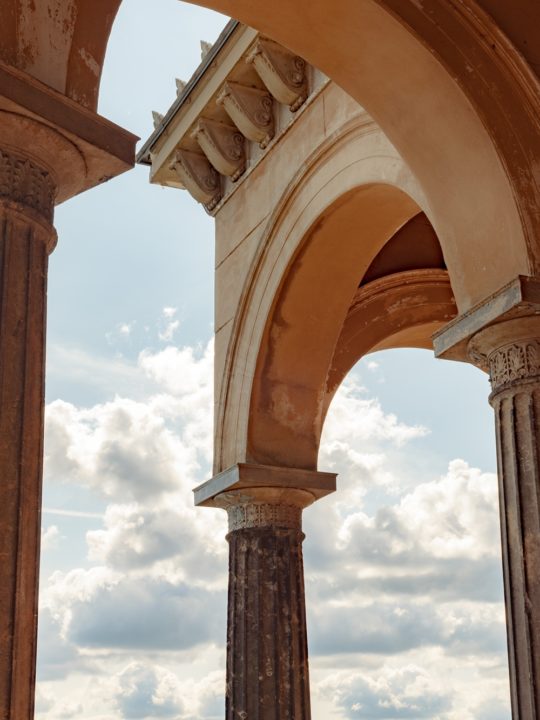OCEAN TO DESERT: LIFE BALANCED IN UNUSUAL PLACES
The wonders of the Namibian desert.
(3 MINUTE READ)
The air feels thick. The wind, like sandpaper against skin.
Everywhere a dense white blanket swallows the horizon, masking the sun. This is the ‘Ihuries’ or ‘malmokkies’ as the Nama people call it. A name given to the mist that now coats the valley.
Brought in from the west, and caused by the collision of cold air from the Benguela current and warm air from the Hadley cell, the fog travels inland from the ocean. Much like the silence before a storm, it brings with it a stillness and a promise of life.
Soon the fog will lift. Life that had been put to bed, now wakes to the warm embrace of the white-hot sun. Behind rapidly vanishing clouds, a barren landscape turns from white to red.
The sand, offspring from colossal boulders–children of ancient mountains making their journey on the back of the wind–carpet the earth in a copper glow. Rusted from years of oxidation, these microscopic grains of iron oxide evoke a mars-like terrain. But unlike our scarlet neighbour, life here still prevails.
This is the Namib.
It is thought to be one of the oldest deserts on the planet and one of the few places that so uniquely illustrates the intricate balance of life on earth. From afar, the area might appear like the dead red planet. Desolate and dry, with temperatures reaching well into 50°. Yet a number of species have adapted to life here. Arthropods and Oryxes, beetles and lizards–all have found a way to make this their home.
With an average rainfall of only 68 mm per year, the key to life here, lies in the air temperature. Together with strong southerly winds, the sea air–thick with water–interacts with the hot dry desert air, giving rise to powerful currents and dense fog. Paradoxically these violent tides have caused many sailors to lose their way and shipwreck on what is called the Skeleton Coast.
Inland towards the escarpment, the landscape slowly changes. Dunes give way to plaines. Large boulders lie across the plateau, their dark blue shadows a reprieve from the heat.
Their bodies, smoothed by the winds.
Even here, between deep cracks and gullies, life has tricked its way into existence. Like possums playing dead, shrubs and bushes silently rest. Within their skeletal frames, seedlings are patiently waiting. And when the messenger arrives, the breeze that brings with it those droplets of dew, they are carried off with it. An exchange. Couriered elsewhere to start life anew.

